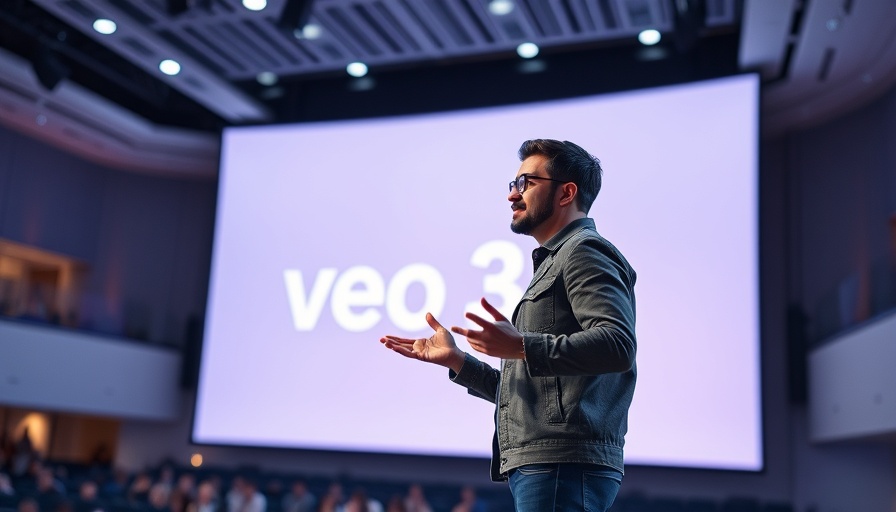
Introducing Google's Latest AI Tool for Video Verification
Can you distinguish between reality and manipulation? This significant question rises as Google unveils its newest AI tool aimed at recognizing deepfakes in videos. In an era where misinformation can spread like wildfire, distinguishing authentic content from fabricated videos is paramount. With advances in artificial intelligence, Google aims not only to combat fake news but also to empower users with more reliable digital experiences.
The Impact of Deepfake Technology
Deepfake technology, which utilizes artificial intelligence to create hyper-realistic but false content, poses a monumental challenge for society. It blurs the lines of trust in the media we consume. Videos depicting events, speeches, or public figures can be entirely fabricated, leading to widespread misinformation. According to a report from the Knight Foundation, deepfake videos have significantly worsened the public's trust in digital content, as they become increasingly challenging to identify.
How Google's AI Tool Works
This innovative tool scans videos for subtle indicators of manipulation not easily detectable by the human eye. By analyzing pixels, movements, and audio synchronization, the AI highlights discrepancies that may suggest a video has been altered. In a world flooded with content, this technology serves as a safeguard, assisting users in discerning the authenticity of what they're viewing.
Historical Context: The Rise of Misinformation
Understanding the crisis of misinformation is critical to grasp the urgency surrounding this AI development. The advent of social media and easily accessible editing software has democratized film production, making it easier for anyone to create and distribute videos. The problem escalated dramatically during election cycles, where manipulated videos can sway public opinion and distort truth. Google's initiative, therefore, comes as a response to a pressing need for clarity in a digitally chaotic information landscape.
Future Predictions: What Lies Ahead
As technology evolves, so does the sophistication of digital manipulation. Experts anticipate that the need for advancements like Google's AI tool will only grow. By integrating this type of technology into platforms and networks, we can expect a future where users have more tools at their disposal to verify the news they consume. However, it also raises philosophical questions about authorship and originality — where does the truth end, and where does fabrication begin?
Observable Trends and Actionable Insights
The convergence of misinformation technology and AI detection tools sets a precedent for how digital content can be perceived in the future. Users are encouraged to actively engage in media literacy, seeking out reputable sources and employing available tools to validate what they watch. Social platforms must also take responsibility in incorporating such AI tools to safeguard their users.
The Broader Implications in Society
The implications of this technology extend beyond solitary videos. They reverberate through our trust in political systems, health communications, and personal interactions. As society increasingly relies on digital communications to share information, the importance of maintaining credibility becomes integral to fostering a well-informed public.
Decisions You Can Make With This Information
In this rapidly changing media environment, individuals must enhance their media literacy skills. Consider what sources you trust and how you validate information before accepting what's presented as fact. Utilize AI tools alongside critical thinking to dissect the content you engage with. Furthermore, advocate for platforms to employ tech that verifies content integrity.
The takeaway: Empower yourself and your peers to navigate this challenging landscape effectively by becoming informed consumers of digital content.
 Add Row
Add Row  Add
Add 




 Add Row
Add Row  Add
Add 
Write A Comment